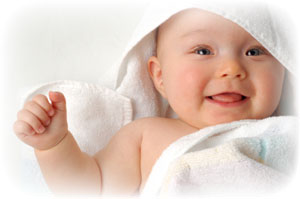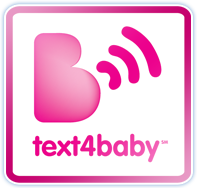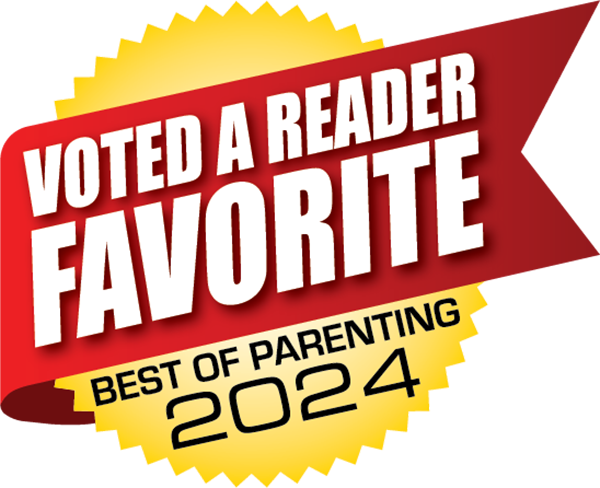 Bathing
Bathing
Your baby should have a sponge or shallow bath until the cord has fallen off and then may be given a tub bath. The eyes, ears, and nose require no special care. Clean the outer ear with a bath cloth and soap and water, then dry thoroughly. Nails may be trimmed or filed carefully while the baby is sleeping or nursing.
The cord should be cleansed thoroughly with rubbing alcohol on a cotton swab or cotton ball with each diaper change. Do not be reluctant to move the cord about and clean the base. Please fold the diaper down to keep the cord exposed to the air and dry. If the skin around the cord becomes inflamed or bleeds, try to avoid getting alcohol on the skin itself.
The circumcision site in the newborn male should be gently cleansed with soap and water, rinsed, and carefully dried. After it has also air-dried briefly, Vaseline may be applied with each diaper change to maintain lubrication. Occasionally there is a yellow crusting on the head of the penis that is part of the normal healing process.
It is very important to practice good safety habits while bathing your baby. DO NOT EVER leave your baby alone in water, even for a moment. We also recommend that your water heater have the thermostat turned down to 120-130 degrees to reduce the risk of accidental scalding injuries.
Skin Care Products
Most babies do not require any skin care products. In particular, do not apply lotion, cream, baby oil, or hair dressing to the newborn’s face or scalp. . . this may cause rashes and cradle cap to appear. Baby’s skin, particularly the hands and feet my become dry and cracked in the creases. Applying unscented cream or lotion to these areas may be beneficial. Baby lotions actually tend to be drying to the skin and can contain irritating perfumes so they may not be helpful.
There are many disposable wipes available to aid in diaper changes; these do not offer any significant benefit over soap and water, except for convenience and sometimes may aggravate diaper rashes. Products such as Desitin, A&D ointment, etc., may be applied for mild diaper rash.
Laundry
We normally suggest using a mild soap to launder baby clothes. Fabric softeners including the dryer sheet may cause skin rashes. Most new clothes should be laundered before the first wearing.
Cloth diapers that are soiled need to be briefly cleansed at removal and soaked in a solution of detergent and water prior to laundering with hot water with mild soap.
Clothing
Babies tend to require only one more layer of clothing than adults for the same temperature. Overdressing generally causes heat rash and discomfort.
Room temperature is acceptable at widely varying temperatures. However, it is probably ideal in the 68-72 degree range, with the cooler temperature at night when the infant is covered with a sleeper or blanket.
The information and content on our website should not be used as a substitute for medical treatment or advice from your doctor.




